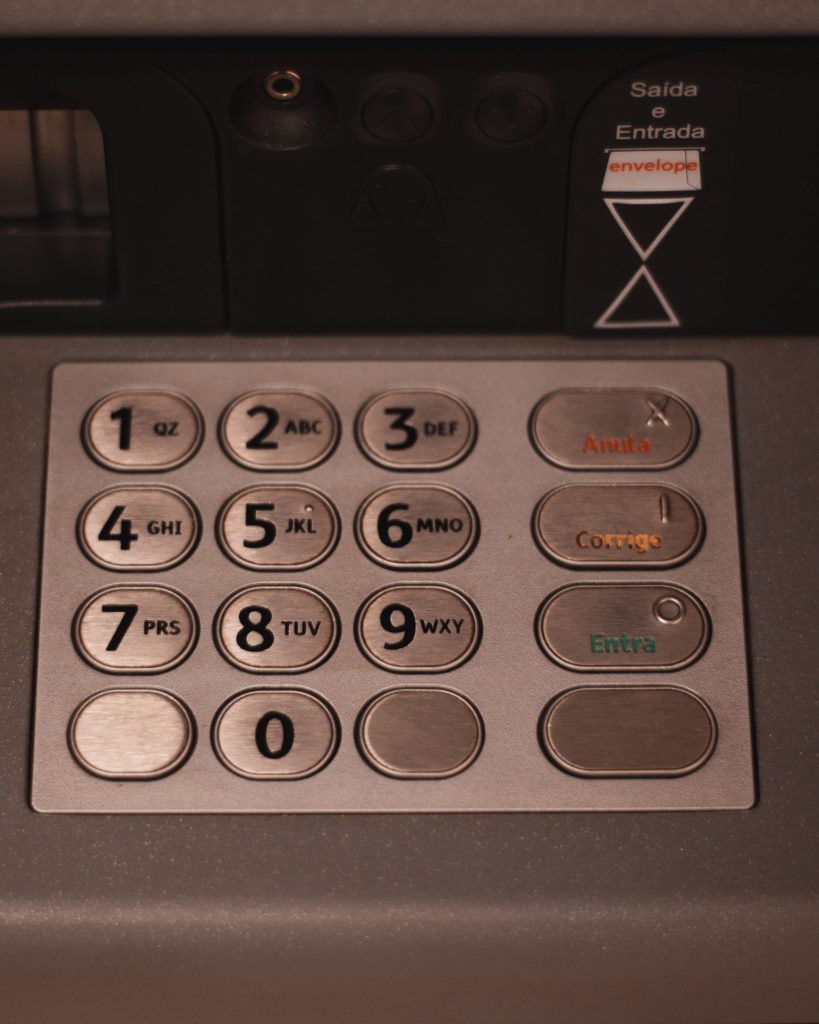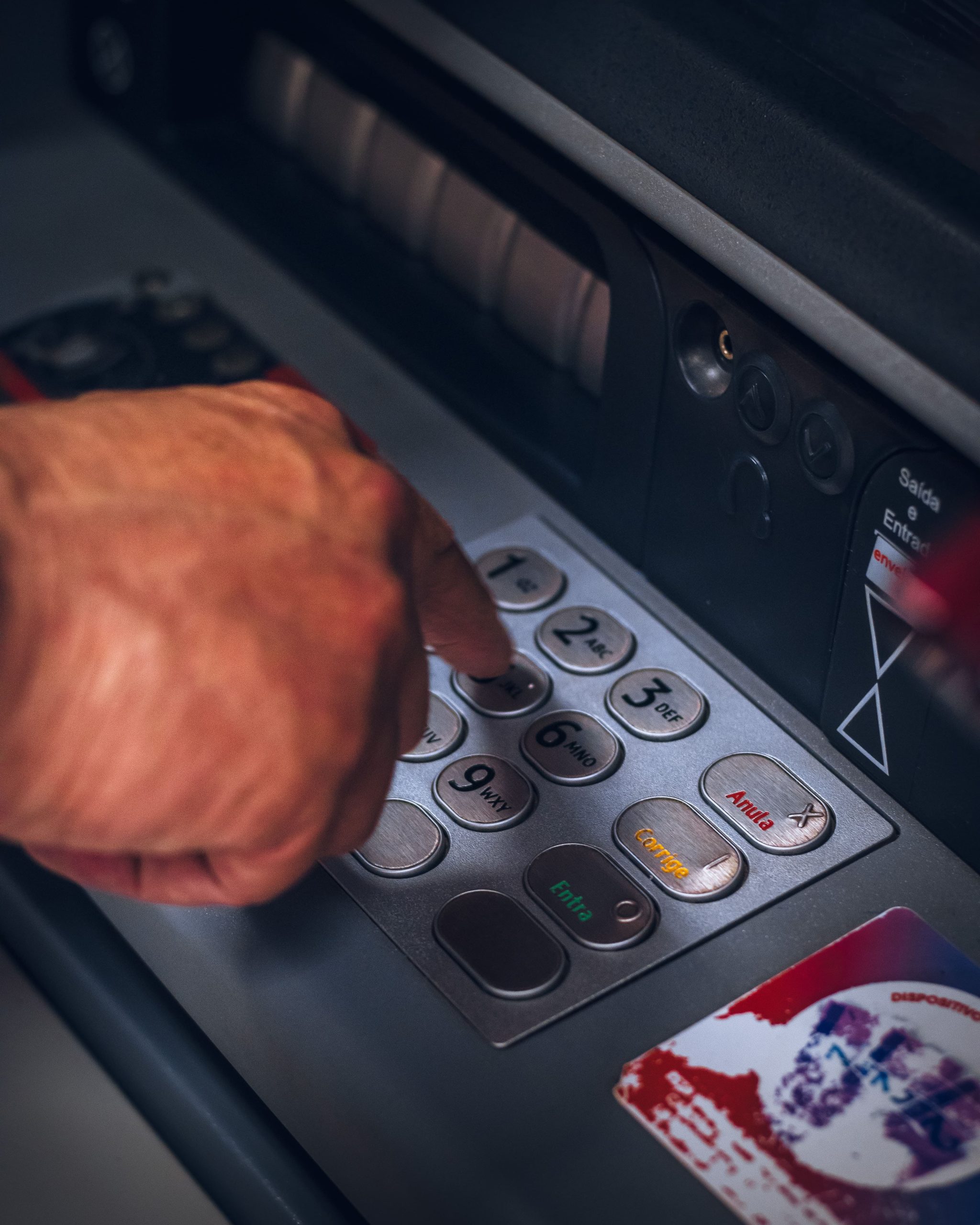Table of Contents
If you’re a student who’s travelling to Canada to pursue your education, there are a lot of things that require your attention. Apart from the accommodation, shopping, and most importantly, referring to the checklist and packing your bag. There are other aspects that are important for your survival in Canada. One of the most essential things for you to do is to understand the banking system in Canada. As a student, having a bank account can help you manage your finances in a distant land. In this guide, we have covered some key information about the Canadian financial system.
If you’re familiar with the banking system in India and have some knowledge of how a bank usually functions, you may have to lock that in a vault inside your mind and start understanding the Canadian banking system with a fresh perspective. Naturally, there are going to be some differences in the process, but you need to learn and adapt so that you can spend your time here without any hassle. All you have to do is simply read along with this guide to learn more about the same.
What Are The Basics Of The Banking System In Canada?
Before getting into the detailed process, you may want to start nice and slow. Understanding the banking system in Canada can be a tad confusing, but with a little focus, you’ll be fine. In this guide, you will learn about the types of accounts, the services offered by the banks, knowledge of Mortgages and different Loans, etc.
There are two types of banks that function in Canada and are the pillars of the Canadian banking system. Those are as follows,
- Central Banks
- Chartered Banks
Central Banks
Central Banks are regulated by the Federal Government and play an important role in the banking system in Canada. These banks hold government subsidiaries and also lend money to Commercial banks when they need it, but only as a last resort.
Chartered Banks
Chartered banks or Commercial banks are basically private banks that fund themselves with public investments. These banks are founded on the basis of investment and they have a governing body called the Board of Directors. The members of this board supervise the activities of the top management and are involved in the decision-making process.
Commercial banks provide loans and mortgages to the public for their private needs such as home loans, car loans, property loans, etc.
How does The Canadian Financial System Work?

The banking assistance provided by both types of banks is similar and has negligible differences depending on the respective governing body.
There are two types of accounts offered to customers. They are as follows,
- Chequing Account
- Savings Account
Chequing Account
A Chequing account is an account that lets customers conduct their daily transactions. Through this account, you can operate your frequent or regular deposits and expenditure. For example, if you want to buy groceries, you can transact through a Chequing account. If you want to provide your bank details to your employer for a regular income, you can provide the details of the Chequing account.
Savings Account
A Savings Account is a type of account that you won’t be handling on a daily basis. Through this account, you can carry out your investments or you can deposit your savings for future endeavors. For instance, you’d rather save your money than take a loan so that, you can deposit your funds into the Savings account.
While using a Chequing account, you get several options to transact your expenses. Along with that, you can avail of other services to buy products. The list of services included in the banking system in Canada is given below.
- ATM
- Bank Loans
- Cheques
- Credit cards
- Debit cards
ATM

ATMs are physical portals from where you can withdraw your money from your bank account, or you may also deposit through the machine. Apart from that, you can get your bank statements and transfer money to other accounts. However, in order to do so, you need a debit or a credit card which you will be offered during the time of opening an account. ATMs are scattered throughout several locations depending on the availability of the banks in a particular area.
Bank Loans
The banks offer loans to customers at a certain rate of interest. Customers sometimes undertake a loan for personal reasons. You can borrow a certain amount from the bank and discuss the terms of repayments. You simply have to visit the bank and have a word with the concerned authorities at the branch.
Cheques
You can write cheques for your heavy expenditure. In Canada, people still write cheques for many things and is a core part of the banking system in Canada. You can transfer the money from your account to another account with cheques. You will receive a Chequebook when you open an account. If you’ve used up all your cheques, you can put a request for a new Chequebook in the bank.
Credit Card
A credit card is a very useful transactional instrument if you use it correctly. When you use this card, you borrow money from the bank and you can pay the amount with interest later. Now, be mindful of using this card as your repayment will affect your credit score.
Debit Card
A Debit Card is another option for you to transact on a daily basis. You can use the dollars in your account with no or negligible charges. So, you don’t have to carry much cash with you. You can use a Debit card at most shops as it is a popular practice in the banking system in Canada..
Looking for student Education Loans?










0 Comments